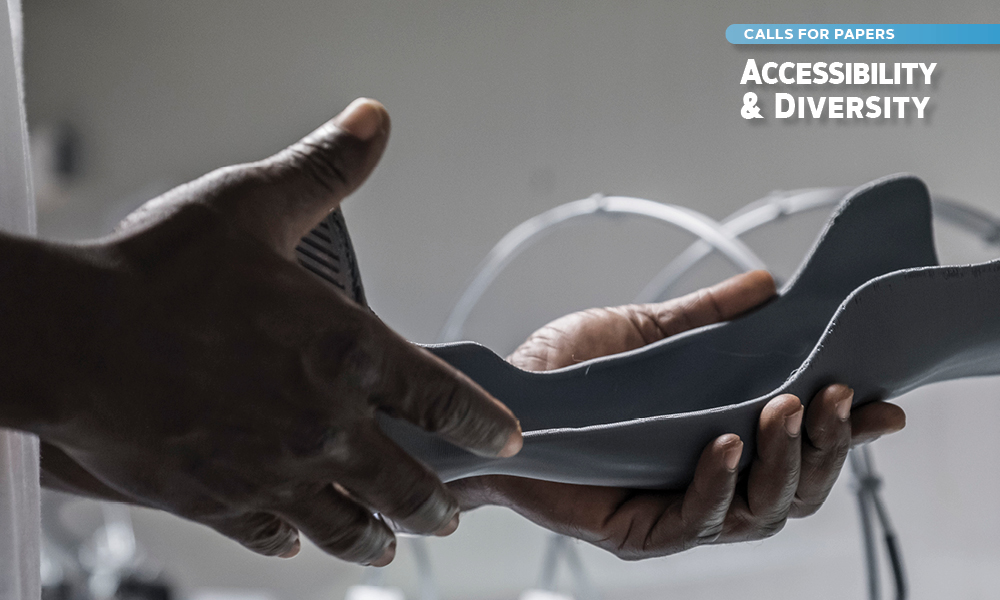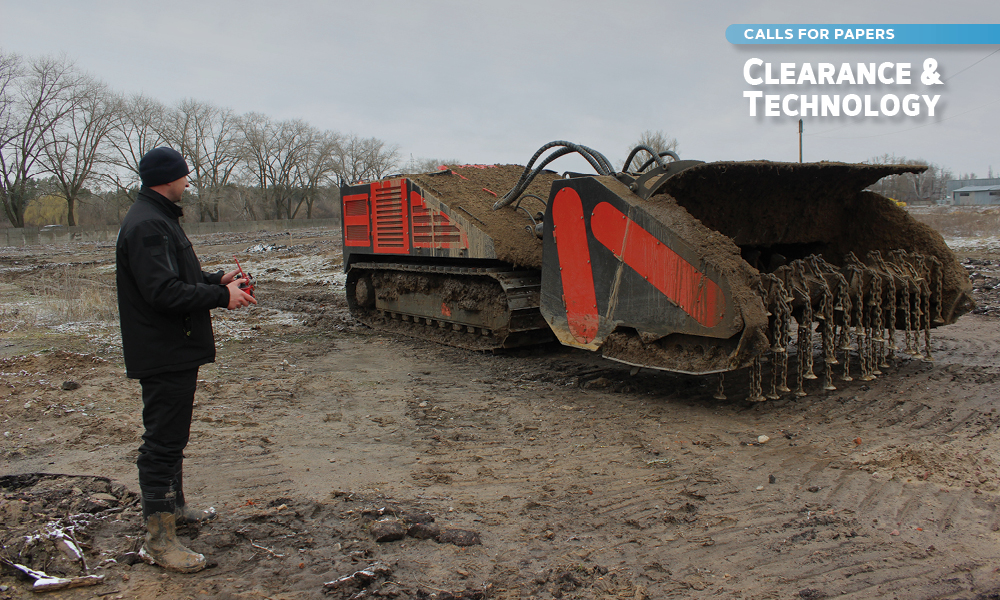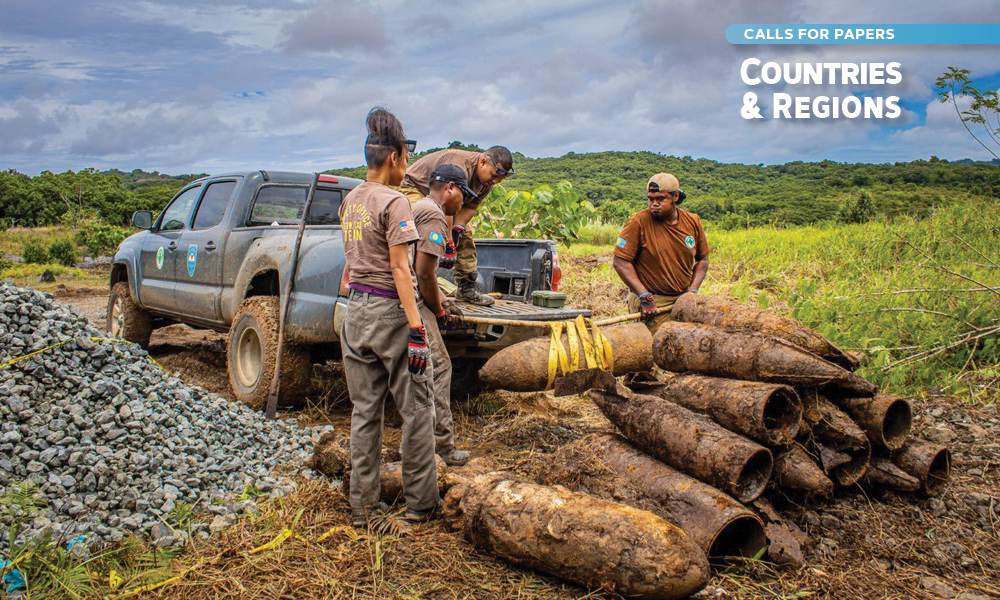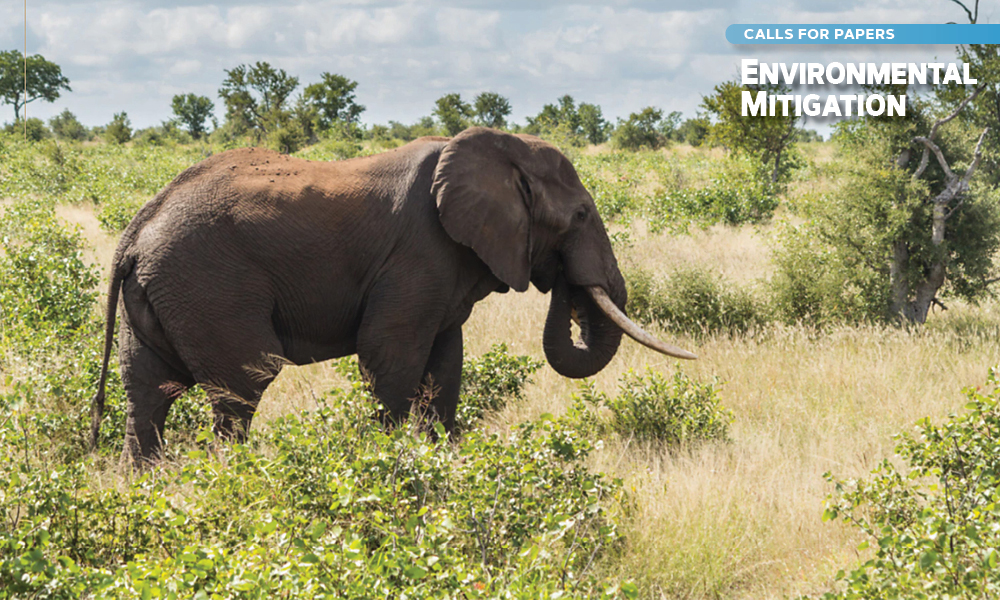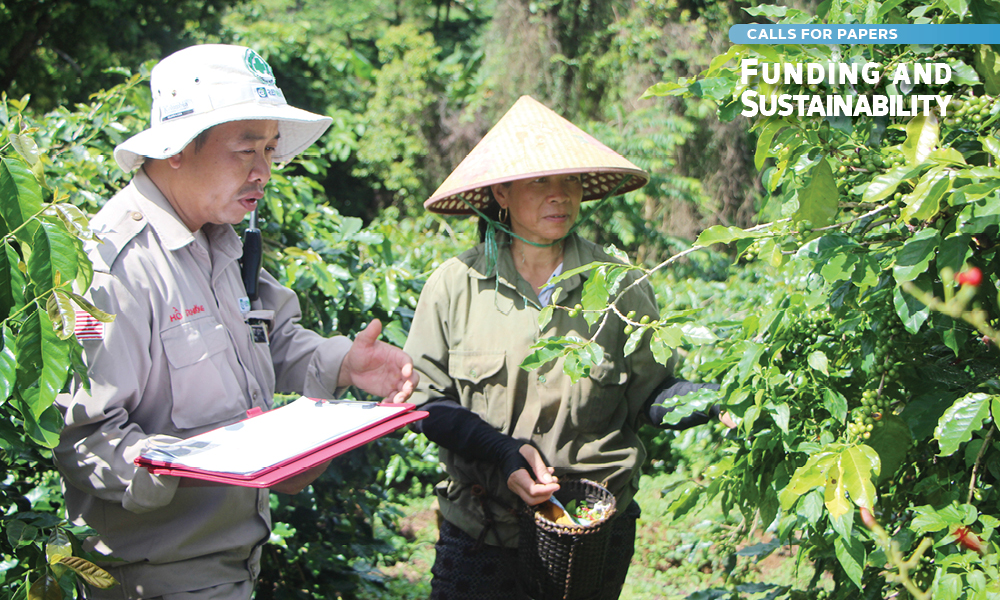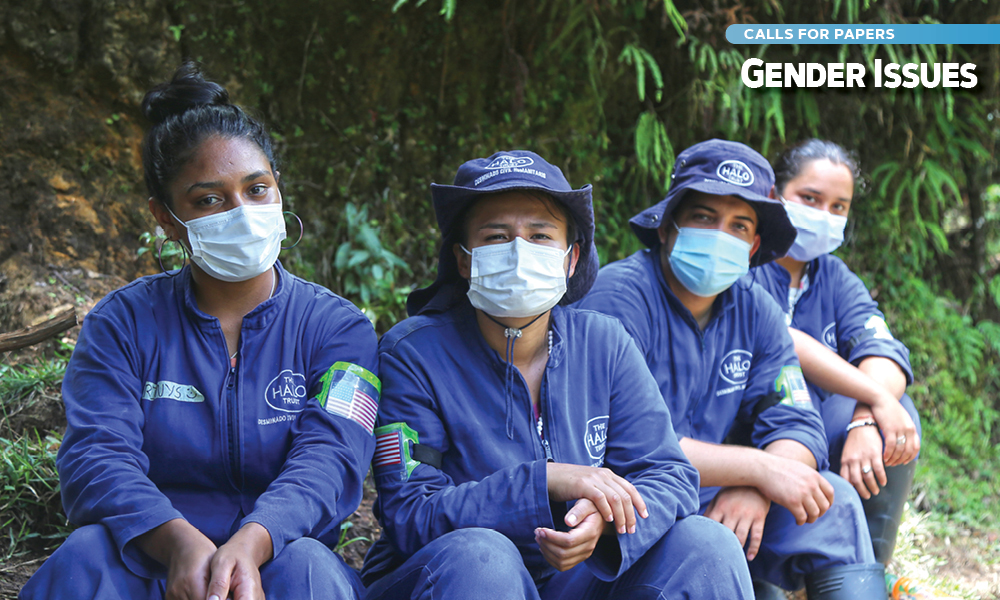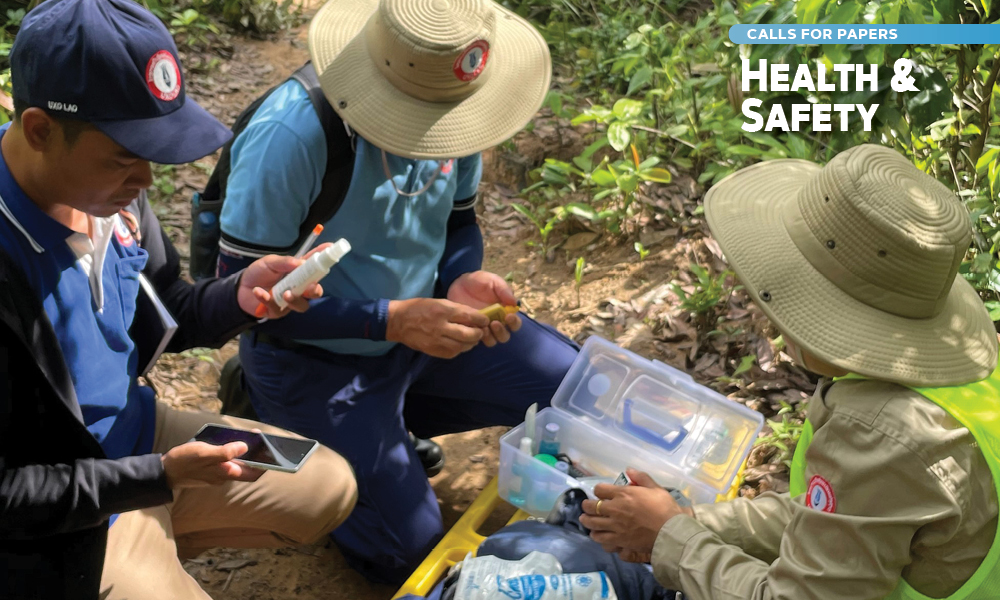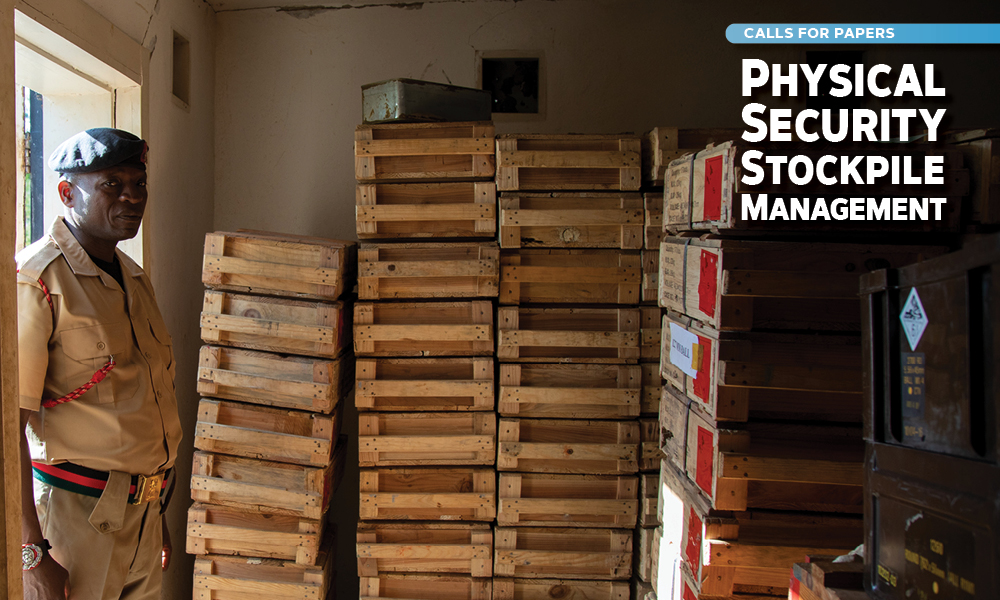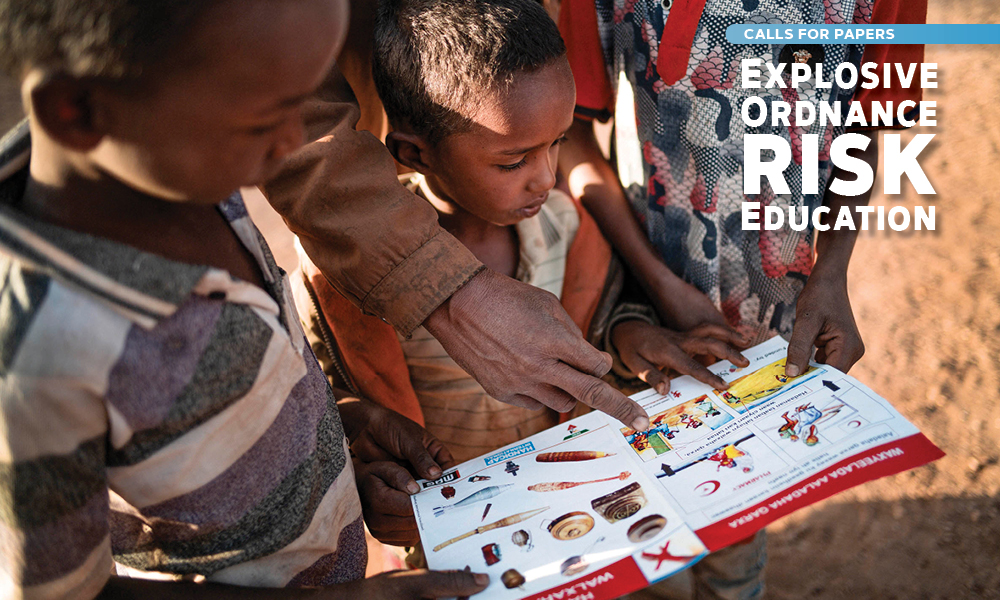Upcoming Topics
for The Journal of Conventional Weapons Destruction
28th Edition Topics (2024)
Broadening Victim Assistance to Enact Lasting Change
Victim Assistance (VA) has long been a pillar of mine action. How can the sector enact a more sustainable, inclusive approach to VA, learning from or partnering with organizations that can provide survivors with culturally sensitive, rights-based advocacy in addition to prosthetics and mobility devices? How can the sector counter the stigma around disability and take the opportunity to apply years of experience and lessons learned in contexts such as Ukraine and other recent conflict-affected regions?
Digital Accessibility
How accessible are digital explosive ordnance risk education (DEORE) programs and materials? How is the sector innovating and working to make risk education more accessible and inclusive, ensuring it benefits a wider audience?
Reshaping the Lens: Language and Imagery in Mine Action
How do we use language and imagery to represent those we support through our clearance operations, risk education, and survivor assistance? As the world sharpens its understanding of bias, ableism, and the role of powerful historical dynamics, the MA sector finds itself at a crossroads, examining its own paradigms. How can we bring global attention to our programs and fundraising initiatives without resorting to exploitation and sensationalism? What role can the individuals and communities portrayed play in helping us to reshape not only our communications, but our relationships with those we work with?
Area Preparation & Clearance
Before landmines and other explosive remnants of war can be found and destroyed, deminers must first clear any thick vegetation blocking access to the area. From using drones for identifying hazardous areas to deploying vegetation cutters for preparing work areas, how is your organization approaching clearance tasks in overgrown areas?
Future of Drones in Mine Action
How are organizations adapting their use of drones and AI to reflect the diverse contamination and environments in which demining operations take place? Discussions around technology and methodology within the context of mine action are encouraged. What is the path forward in these diverse environments, especially with regards to active or recent conflict-affected areas?
Legacy Minefields and Path Toward Completion
Countries including Angola, Cambodia, the Democratic Republic of the Congo, Laos, and Vietnam continue to face explosive remnants of war contamination. Submissions on current programs operating in these countries are encouraged.
Liability and Land Release
What are the most pressing issues surrounding liability in mine action today? How are stakeholders liable throughout the land release process and how is liability applied to deminers, landowners, communities, etc.? How can such liability be contextualized within certain environments, such as Ukraine?
Mine Action and Clearance of Heritage Sites
Cultural heritage sites bear invaluable historical and cultural significance but often fall victim to the hazardous presence of explosive remnants of war. How can the mine action sector adapt its initiatives to value and protect these vulnerable sites? In contexts like Ukraine, where cultural heritage contends with unexploded ordnance amidst ongoing conflict, what unique challenges arise and how might they be addressed?
Underwater Clearance
Unexploded ordnance contamination from wars and recent conflicts disrupts fishing activities, exports, cargo and container ships, water treatment plants, and food security. The Journal seeks articles on how programs are countering underwater UXO contamination.
Myanmar
Myanmar’s mine and ERW contamination stems from prolonged armed conflict, with an increase in contamination since conflict erupted in February 2021. With mine casualties on the rise, and the UN reporting a nearly 40 percent increase in civilian casualties (likely higher due to underreporting), The Journal seeks articles on mine action operations in Myanmar.
Pacific Islands: Solomon Islands and Palau
Remaining WWII ordnance continues to threaten the lives of civilians in the Solomon Islands and Palau. What is being done to combat this deadly legacy in terms of survey, clearance, risk education, training, and capacity building?
South Sudan: Legacy and New Contamination
South Sudan is contaminated with landmines and unexploded ordnance from decades of conflict, affecting farming, infrastructure, and the safe return of displaced civilians. With the June 2023 explosion at a national ammunition depot facility in Bentiu, funding shortages, continued insecurity, and severe flooding, what lies ahead for mine action operations in South Sudan, including survey and clearance, urgent risk education, victim assistance, etc.?
Syria
Syria continues to grapple with mine, IED, and cluster munition contamination, with the Landmine & Cluster Munition Monitor reporting that in 2021, one in two people were at risk from explosive ordnance. In the face of ongoing security risks and no national mine action program, what work is being done in Syria in terms of demining, risk education, survivor assistance, etc.?
Ukraine
Following Russia’s invasion of Ukraine in February 2022, how are donors, implementing organizations, and researchers planning for the future of mine action operations in Ukraine? What lessons have already been learned and how are challenges being addressed?
Yemen
Contaminated with mines and improvised mines from previous and ongoing conflicts, the organization Save the Children reported that in 2022, a child died from mines roughly every two days. With over half of 2021’s child casualties attributed to mines and IDPs facing hazards in their homes, alongside roads, and in buildings, what is the future of mine action in Yemen and how are mine action organizations carrying out operations in this difficult environment?
Environmental Mitigation in Mine Action
What is and isn’t working and how is the sector developing evidence-based knowledge and resulting guidance around environmental mitigation for mine action operations? Are mine action authorities and operators conducting systematic follow-up after land release to account for the environmental impacts following clearance?
Extreme Weather and Disaster Mitigation
As extreme weather conditions become the new norm, countries including Ukraine, Myanmar, Somalia, and Afghanistan experience the detrimental effects of contamination displacement due to flooding. What implications does this have for future mine action planning and operations?
Mine Action, Conservation, and Wildlife
Unexploded ordnance harms and kills wildlife and impacts mammals through human dispersant and habitat loss. Submissions discussing the intricate relationship between wildlife, biodiversity, and mine action, as well as mine action initiatives clearing nature reserves and recent conflict zones are encouraged.
Innovative Finance in Mine Action
The diversification of funding has been a longstanding issue for the mine action sector. How is the community successfully casting its net further amongst potential donors, embracing public-private partnerships, and seeking new avenues to diversify funding to enact real change for affected countries?
Funding for the Environment
Is funding reflecting the need to mainstream environmental considerations into mine action operations? What opportunities are there for mine action operators to seek diversified sources of funding and what can the sector learn from those outside the mine action sector?
Gender & Culture
How are mine action organizations supporting female deminers in regions where societal norms do not support women working in such roles? What challenges have female deminers encountered—security threats; discrimination from their families and communities; difficulty in obtaining future employment? What repercussions have women faced for defying cultural, religious, and societal norms and expectations? The Journal invites insights on how mine action organizations are addressing these issues and how they are supporting the women they employ.
Gender and Peace and Security
The inclusion of women in mine action not only fosters diversity but also catalyzes peace and security within communities. As women’s involvement and contributions to this sector increasingly grow, how are they advancing the cause of peace and security more broadly within their communities?
First-Aid Training in Mine Action
The Journal seeks articles about first-aid training for those working in the mine action sector. How is training being adapted for environments like Ukraine and are organizations providing first-aid training to civilians living in contaminated environments? How has the approach to training evolved, adapting to injuries in remote and challenging environments?
Occupational Safety and Health in Mine Action
Mine action staff, especially those in emergency and conflict/post-conflict environments, may experience anxiety, psychological distress, post-traumatic stress disorder, etc. How are donors and organizations enacting policies that address their staffs’ occupational safety and health, and what further steps need to be taken?
PSSM of State-controlled Stockpiles in Coastal West Africa
Coastal West Africa faces increased security challenges including the risk of weapons diversion as a result of the rapid expansion of instability in neighboring countries. How can internal, regional, and international communities collaborate effectively to mitigate risk of illicit diversion of conventional weapons?
Helping Mitigate Illicit Diversion
In the past, various actors have taken advantage of wartime and post-wartime environments to illicitly traffic weapons and related items. While Ukraine’s partners are supporting Ukraine’s self-defense, how can allies and organizations help Ukraine and its neighbors to strengthen their borders and build their law enforcement capacity to mitigate the risk of illicit diversion of conventional weapons? Can possible partners, funding streams, and best practices be identified and implemented while the war is ongoing? How is such support planned and sequenced?
Emergency Risk Education
In areas such as Ukraine, Ethiopia, Myanmar, and Syria where farmers increasingly take risks to clear their land of explosive hazards, and an ever-growing number of children are exposed to the risks of unexploded ordnance, what is the mine action sector doing to create and disperse urgent risk education to those specific groups most in need?
Interested in Submitting on Something Else?
We encourage authors to submit content most relevant to their work. If you are interested in submitting on a particular topic but don't see it listed here, reach out to our editorial team. We are always happy to discuss scope, submission guidelines, and deadlines.



